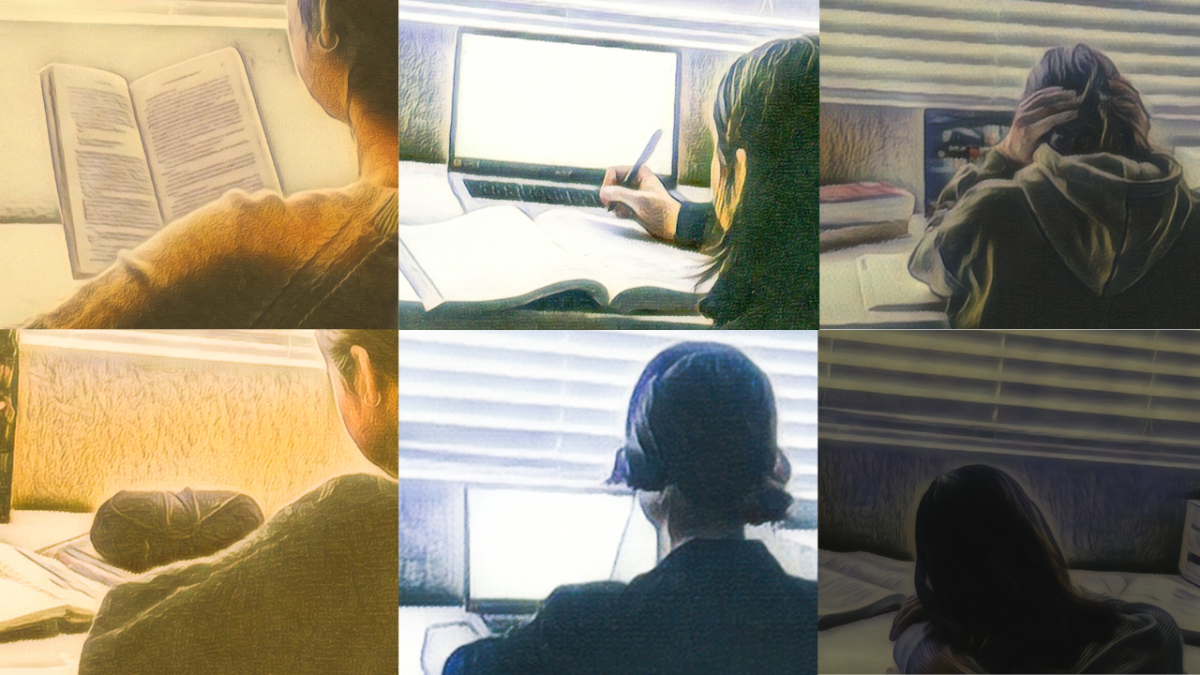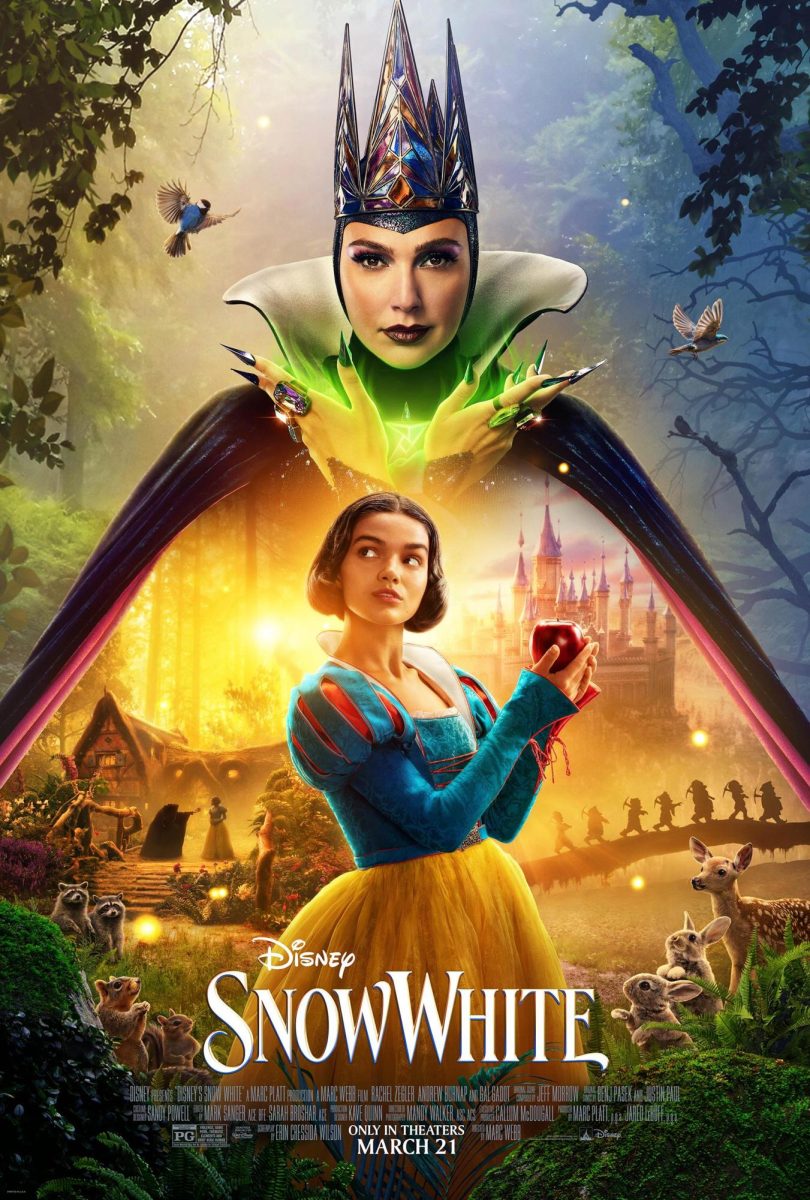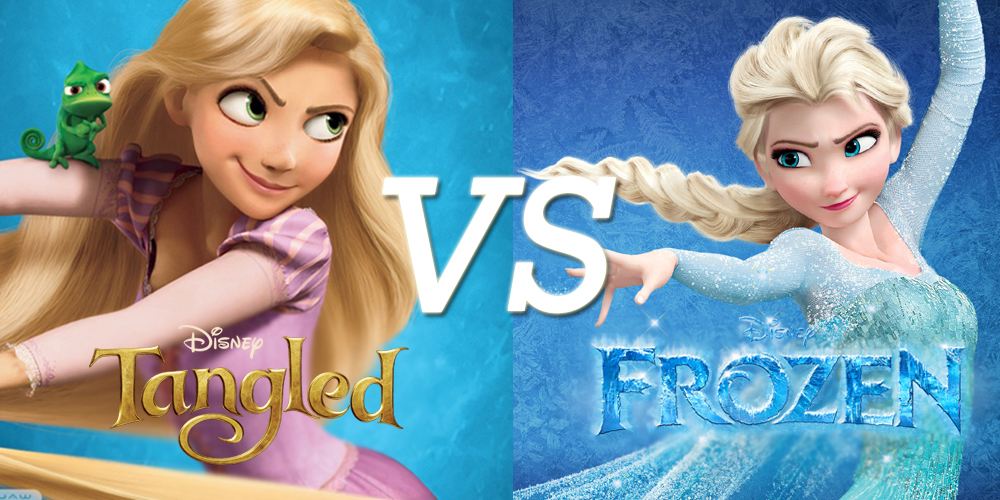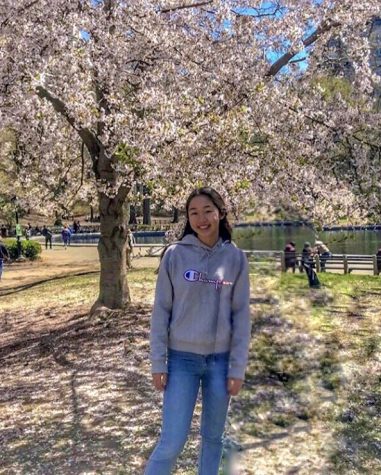Cultural Appropriation vs. Cultural Appreciation
Courtesy of Joel Mayorga/The Foothill Press
As the world evolves, people are becoming more informed about the contrast between cultural appropriation and appreciation, but the solution is yet to be solved.
November 13, 2020
Across the world, people tend to be confused with the barrier between cultural appropriation and appreciation. Although many people do not intend to upset others, their ignorance comes off as offensive to one’s culture. Throughout history, this problem has been evident. Still, because people want to become more knowledgeable about other cultures, the situation begins to improve.
Defined in the Oxford English Dictionary, cultural appropriation is “the unacknowledged or inappropriate adoption of the practices, customs, or aesthetics of one social or ethnic group by members of another (typically dominant) community or society.” Taking a culture to use for one’s interest can dishonor or demean a group for personal gain. However, cultural appreciation is trying to understand and honor other cultures.
Cultural appropriation is harmful because the item a person is appropriating can be sacred or sensitive to a specific culture and paints a group’s stereotypes. Examples of cultural appropriation can be offensive Halloween costumes and sports mascots such as the NFL Washington Warriors mascot. Formerly known as the Washington Redskins, the team decided to change their name due to backlash from Indigenous peoples that found it offensive.
Also, this issue is evident in pop culture, especially in art and the fashion industry. When celebrity Kim Kardashian started to wear “Bo Derek braids,” it upset people nationwide. Kardashian’s “Bo Derek braids” were cornrows that hold great significance to black culture and had importance long before actress Derek wore this. Angel Takang (10) discusses how “it is frustrating how, when I do something that is part of my culture, it can be strange and inappropriate but, when someone of a different background does the same thing, it is seen as trendy.”
A way to help solve this issue is to enforce cultural appreciation to help stop cultural appropriation. First, one can acknowledge the culture and involve people as a part of that culture. For instance, if a designer was to have a fashion show with white models using African hairstyles and fashion, this situation would be seen as cultural appropriation. However, an alternative is utilizing African descent models to wear these hairstyles and clothes to demonstrate their involvement in that specific culture.
Additionally, it is essential to ask oneself the intentions of what they are doing and the impact. A few questions to ask oneself to find an answer to one’s choices are, “Do I understand the significance of what I’m doing here? Am I honoring this culture or simply imitating it? Am I perpetuating a stereotype that might hurt those who belong to this culture? Am I doing this as a personal opportunity to interact with and experience another culture, or am I doing this for a photo I can post online?” (Preemptive Love). Using cultural objects as a fashion statement in a picture to post on social media and gain more likes is interpreted as appropriation. Instead, suppose a person was to wear an item of cultural significance to a friend’s wedding, and they are aware that the people attending are of that culture. In this case, it is a way to respect one’s culture and appreciate it.
Understanding one’s intention assists in preventing this issue of cultural appropriation since it rather typically roots from ignorance. To avoid being ignorant, a person can try to study different cultures to educate themselves, such as when visiting a tourist shop, buying something cultural and sacred may not be the best idea to buy there.
Throughout cultural appropriation within pop culture and offensive costumes, this generation is beginning to learn more about the consequences of cultural appropriation. Therefore, with the knowledge of embracing cultures, comprehending one’s intentions, and becoming educated about this problem, it is a step towards a world celebrating different cultures.






































KAYDEN MANDLEY • Nov 13, 2020 at 1:48 PM
I love this topic Anita! I think it is so important for everyone to understand the difference between appropriating and appreciating another’s culture. Great job!